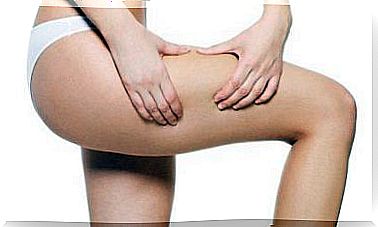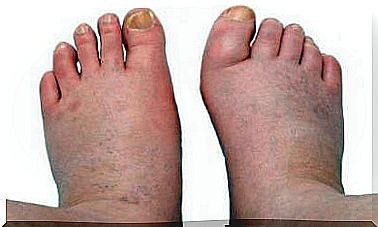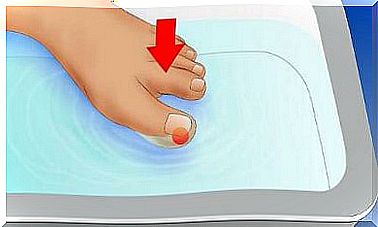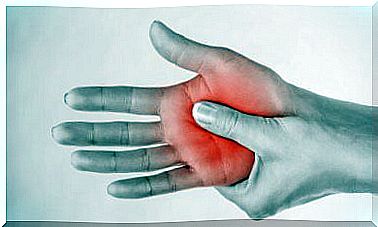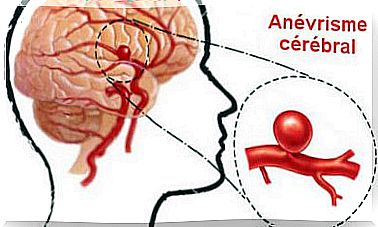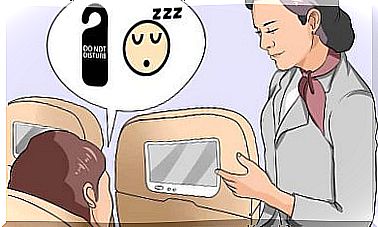Causes And Treatments Of Heel Spur
To avoid pain caused by heel spurs, we recommend that you use comfortable shoes and perform localized exercises to relieve tension in the area affected.
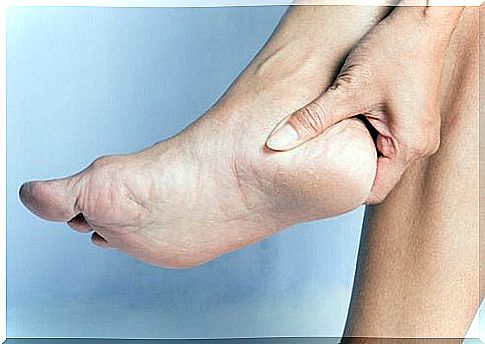
Heel spur is caused by calcification of the heel. This problem causes severe pain and problems moving the joint of the foot.
This phenomenon is caused by poor posture, the use of unsuitable shoes and any behavior that could lead to a change in the foot area.
In this article, we’ll walk you through what exactly these thorns are, detailing their potential causes and treatments to get rid of them.
Everything you need to know about the heel spur
The sensation of pain caused by the heel spur is characteristic and occurs when the heel is the victim of significant inflammation. This causes plantar fasciitis, the effects of which can be felt throughout the foot, including the toes.
To diagnose it, doctors use conventional radiology methods. However, the thorn can also be visible to the naked eye as it causes small protrusions, formed by the build-up of calcium.
Among the factors that trigger this pathology, we find the performance of repetitive activities and the use of high heels on a daily basis. Overweight, flat or very arched feet, as well as Achilles tendon contractures can also be responsible for this phenomenon.
The continuous and excessive stretching of the plantar fascia (the tissue that covers the muscles of the foot) causes severe pain and the condition just described.
When these symptoms appear, it is painful to simply put your heel on the floor. People with this condition can hardly walk.
According to a study by the Spanish Sports Podiatry Association, the body automatically repairs the injury produced by the disconnection between the fascia and the bone, transporting calcium through the blood stream.
The heel spur by itself hardly causes any symptoms. It is the presence of plantar fasciitis in the inner part of the heel, or in any of the five toes, that is extremely painful.
This sensation is characterized by small tingling throughout the foot when it is requested, which disappear as soon as it is no longer in motion.
How to prevent and treat a heel spur
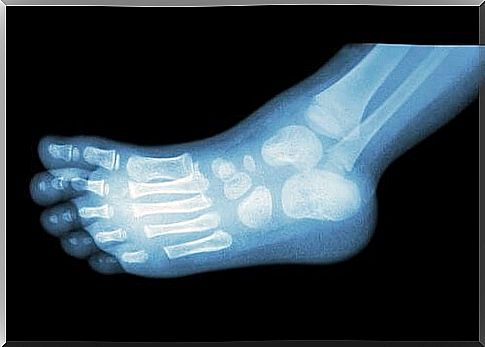
To avoid the formation of a heel spur, it is therefore necessary to prevent the appearance of plantar fasciitis.
Doctors need to do a detailed study of the foot. Through personalized insoles, they must allow the patient to avoid overloading his foot and must prevent his body from being unbalanced, so that he can put an end to his pathology.
The recovery process can be long. That is why it is important to be consistent in carrying out treatments aimed at reducing inflammation in the heel.
We will introduce you to some of them in the rest of this article.
The ice pack
Apply cold to your heel area for at least 15 minutes, twice a day. You can apply a few ice cubes with a cloth or use a bag specially designed for this use, which you will need to place in the freezer beforehand.
Some people prefer to move their foot slowly over a frozen water bottle to relieve pain.
Rest
It is essential that the foot is not continuously used to solve the problem of plantar fasciitis. Try to elevate it for a few minutes several times during the day, and feel free to place a cushion under your heel at night.
In this way, the pressure that you will have exerted on your heel during the day will be reduced somewhat and you will be able to rest better.
You also need to change some of your daily activities. If you are used to exercising, remove or adapt any that put too much pressure on that part of your body.
You can opt for disciplines such as swimming, slow walking or cycling so as not to lose your physical shape.
The night splint
Only your doctor can prescribe a splint for you, and you will need to pick it up from an orthopedic surgeon to make sure it is a perfect fit for you.
It will help you stretch your plantar fascia while you sleep. An “L” shaped splint allows the foot to be held in the position that best suits it.
If you are in really bad pain, you can even wear a brace all day.
Physical exercise
It is true that physical activity can be dangerous for your feet. And especially for your heel, especially if you suffer from plantar fasciitis. Certain techniques can also be very useful to you to reduce the symptoms of this pathology, while strengthening this area of your body.
Calf stretches
- Stand in front of a wall, on which you will rest your hands.
- Step back one of your feet. Your front knee should flex slightly.
- Bring your hips towards the wall and hold your position for 10 seconds.
- You will then feel an extension of your calf.
- Repeat this 20 times, then change the foot.
Stretching for plantar fasciitis
- You should do this exercise every morning before you get up.
- Lying on your back, place your right foot on your left knee.
- Grab your toes and gently pull them towards you.
- Hold this position for 10 seconds, then return to the starting position.
- Repeat this 20 times, then change the foot.
The shoes
First and foremost, it is important to choose the right shoes for the size of your feet. The best thing to do to achieve this is to buy your shoes in the late afternoon. Or when you get out of work, when your feet are swollen the most.
To make your fittings, use the same socks that you wear most often. Walk around the store a bit with the shoes on, making sure that you can move your toes without problem and that you don’t feel any pain or pressure.
Try not to use high heels if you don’t need them. If you have to go to work with these types of shoes, you can put them in your bag and put them on just before you get to your business premises.
Do not wear heels when traveling or during your lunch break, but instead opt for more comfortable shoes.
If you are suffering from a heel spur, we recommend that you use orthopedic devices. Like adapted soles or tools to put on your shoes. Or even more personalized products, such as sponges or toe pads, for example.
